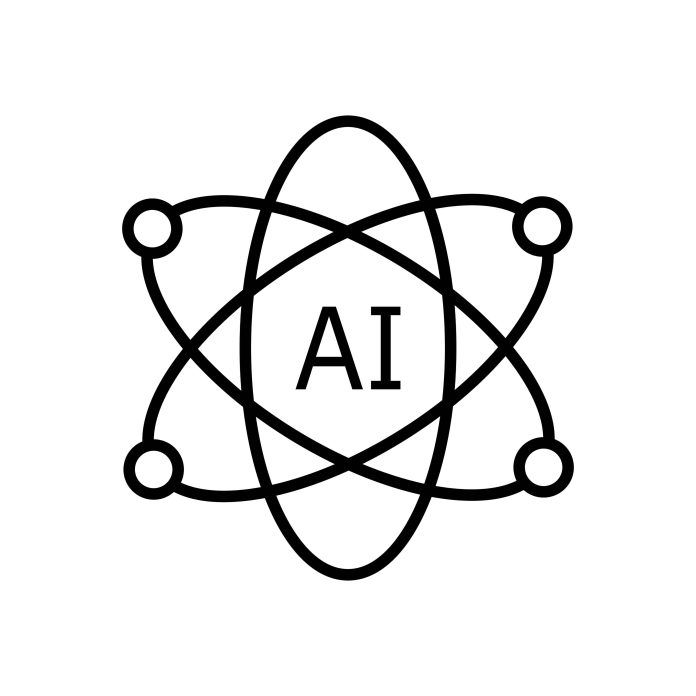
Traditional Learning and Development (L&D) operations have long relied on top-down, course-centric models. Learning usually is designed with a fixed curriculum, delivered through a predetermined modality, and assessed by standardized metrics. Learners consume these experiences without much agency in shaping their learning journey.
The rise of artificial intelligence (AI) is giving way to something much greater. The future of learning will need to be approached differently in terms of design, delivery, and philosophy, and this shift is going to bring about a few key changes:
- From organization-centric to learner- and organization-centric strategies
- From episodic change to agile, continuous evolution
- From siloed operations to connected, collaborative learning environments
- From rigid course outputs to layered learning experiences that evolve over time
AI enables L&D teams to reframe learning design not as creating discrete learning events but as developing a layered, experiential ecosystems that can evolve with the learner’s moment of need. To deliver the ruthless relevance learners desire now and will need in the future, learning ecosystems will need to be modular, fluid, personalized, responsive, and adaptable. An atomic design approach will help us get there.
Atomic Design for Learning Content Development
At the heart of this transformation is a concept borrowed from digital product design: atomic design. While this isn’t the first time learning has aimed to be modular—consider the concept of shareable content objects (SCOs) that sought to break content into portable pieces that can play anywhere—those early efforts were often too general and disconnected from critical context elements. And as SCOs were designed to be more and more specific, their reusability diminished.
What’s different now is that technology has evolved; AI allows us to wrap each and every learning asset in contextual intelligence. In this new model, atomic design means creating small, meaningful pieces of learning content (think of them as “atoms of knowledge”) that AI can assemble into “molecules of relevance”—personalized learning experiences shaped by a particular learner’s real-time needs, performance data, and goals.
Atomic design enables flexibility at scale. Rather than attempting to create a 60-minute course that meets a set of learning objectives, L&D teams can create a constellation of smaller assets—such as videos, scenario prompts, infographics, and reflection questions—that can be recombined in many ways. These assets aren’t just shorter; they are structurally designed to be modular, meaningful, and capable of being adapted or extended through the use of AI.
Imagine your organization is preparing enablement training for a new product launch. Instead of designing a comprehensive course, an L&D team could create a series of micro-assets: a quick video walkthrough of the new product’s features, an interactive FAQ tool, short customer scenario simulations, and a set of quick-reference documents. With AI in the equation, these components can be dynamically assembled and reassembled based on individual learning factors. A sales rep would receive a different combination of learning assets than a customer support agent or a marketing specialist. Each of these curated combinations becomes a molecule of relevance—a personalized learning path built from small, meaningful parts that can be reconfigured for new connections and perspectives based on need.
Creating Molecules of Relevance
While AI can help break down and repackage content, the human role in making meaningful connections remains essential. This is where the concept of “molecules of relevance” becomes critical. Just as atoms are meaningless without structure, content is only as powerful as the connective tissue around it.
A molecule of relevance is not merely a bundle of microlearning assets. It is a purposeful collection that has been thoughtfully assembled to make the content more meaningful. Just like an art curator doesn’t hang unrelated paintings side by side and call it an art exhibit, learning designers need to think about how pieces work together and how they make new meaning when paired with other types of content.
This kind of learning design invites participation. Learners become contributors, moderators, and curators themselves. They can remix content, add context, and engage in collaborative meaning-making with their peers. In this model, the goal for learning practitioners is no longer to execute on a tidy list of learning objectives but to create an evolving space where learners can co-create their own pathways based on what’s relevant and resonant.
A New Role for Learning Professionals: Architects of Possibility
To build this future, L&D must let go of being the sole source of expertise and instead embrace the role of “learning ecosystem architect.” Learning practitioners will need to design with intentional negative space, leaving areas open for learners to inject their own insights and needs. It also means structuring systems to accommodate user-generated and user-curated content and for AI to act as a catalyst for discovery and personalization.
Creating intentional negative space in learning design can have powerful effects. Consider a learner stepping into their first leadership role. Traditionally, they might be enrolled in a cohort-based eLearning leadership journey that runs once or twice a year across the organization. This learning experience might provide valuable information and networking opportunities, but the new leader may have to wait a few months before the program kicks off next and is left to navigate the beginning of their leadership journey without much support.
With these atomic design principles established in a learning ecosystem, AI would be able to suggest a collection of assets to that learner—five or six short videos, a scenario-based challenge, a peer reflection board, and a series of podcast episodes—based on their unique goals, previous learning, and current performance data. This learner then can shape their own learning experience by skipping what they already know and diving deeply into what they don’t, even adding their own content or insights for others to explore. This atomic design could allow for a perpetual branched learning experience that pulls together new collections of learning assets based on learner interests and needs, peer contributions, and depth and breadth of asset interaction as things change over time.
In this world, learning won’t just be something employees consume because they have to. They will help build, iterate, and share it across the organization. L&D’s new job is to make that possible, not by controlling every detail but by designing the conditions for emergence, relevance, and co-creation.
Embracing the Human+AI Partnership
The most challenging and exciting part of this shift in learning is redefining the human role in the workplace in light of AI-enabled learning environments. It is tempting to see AI as a threat to traditional instructional design when it can so rapidly tag and generate content. But the true path forward lies in human+AI partnership.
AI can generate an outline or segment a video, but only humans can evaluate whether the result provokes thought or inspires action. Learning professionals still need to validate outputs, add layers of depth and purpose, and ensure the experience reflects the values and voice of the organization. The goal is to collaborate with AI, using its scale and speed to amplify human creativity and connection.
Orchestrating the Future of Learning
Technology alone cannot transform learning. The future belongs to those who can design with both intelligence and wisdom. It belongs to those who can pair modular architecture with meaning and build empathy and human connection into every learning experience.
As AI takes on more of the assembly, it’s up to us to focus on orchestration: designing learning environments that are flexible yet focused, scalable yet deeply human. This is no longer about building courses. It’s about building the right conditions for relevance, reflection, and reinvention.




